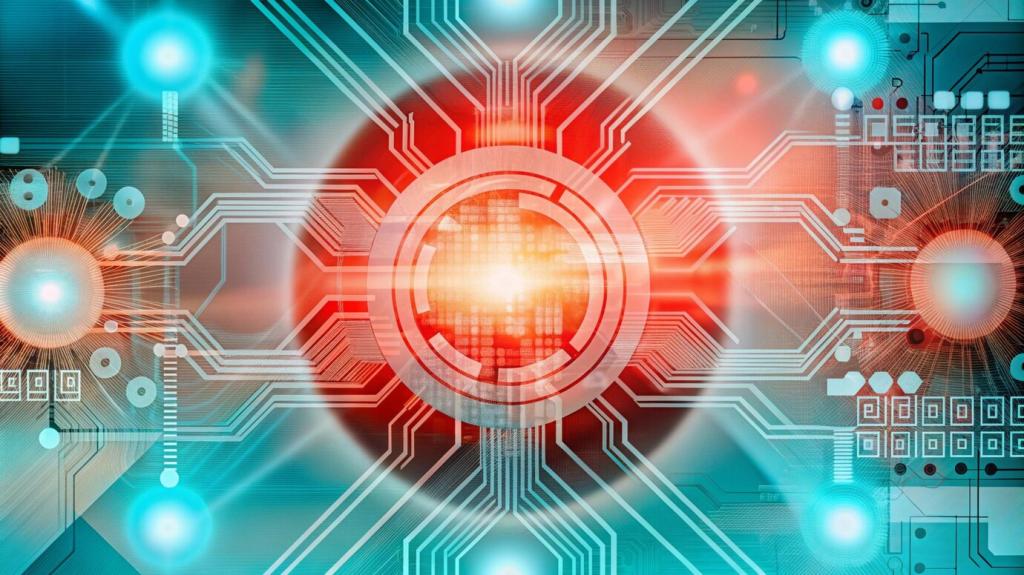The Role of Artificial Intelligence in Smart Grid Management
Artificial Intelligence (AI) is revolutionizing the energy sector, transforming traditional power systems into dynamic, responsive smart grids. By introducing advanced data analytics, machine learning, and automation to grid operations, AI enables smarter decision-making and real-time adjustments. These innovations are making energy distribution more efficient, sustainable, and resilient, paving the way for a future where utility providers and consumers alike benefit from intelligent, adaptive energy networks.
Enhancing Grid Reliability and Stability
Traditional grid management techniques often struggle with the early identification and resolution of faults. AI introduces advanced pattern recognition and anomaly detection, allowing systems to detect irregularities in electronic flows with unparalleled speed and accuracy. Machine learning algorithms analyze historical and real-time sensor data to pinpoint the exact location and probable cause of faults. This capacity for rapid, automated diagnosis minimizes downtime and reduces the risk of cascading failures, ensuring that power disruptions are often resolved before they can significantly impact consumers or infrastructure.

Managing Intermittency of Renewables
Renewable energy generation is inherently variable, with output fluctuating depending on weather conditions and time of day. AI employs sophisticated forecasting models and adaptive algorithms to predict renewable output with increasing accuracy, enabling grid operators to schedule ancillary services and balance supply accordingly. By mitigating the intermittency of renewables, AI plays a pivotal role in maintaining grid stability while increasing the share of clean energy in the mix. This not only supports environmental goals but also ensures that renewable integration does not compromise the reliability of electricity delivery.

Optimization of Distributed Energy Resources
Distributed Energy Resources (DERs) such as rooftop solar panels, battery storage, and electric vehicles are transforming grid architectures. AI optimizes the operation and coordination of these assets by analyzing consumption patterns, local generation, and storage capacities. Through dynamic management, AI ensures DERs deliver maximum value to both the grid and end-users, minimizing congestion and supporting demand-side flexibility. This leads to a more efficient distribution of energy, reduced transmission losses, and greater empowerment for consumers to participate in the energy ecosystem.

Demand Response and Grid Flexibility
As smart grids incorporate more renewables and distributed assets, flexibility becomes critical to matching supply and demand in real time. AI enables advanced demand response capabilities, automatically signaling connected devices, buildings, and industries to adjust their energy consumption based on grid needs. This intelligent orchestration of loads helps flatten demand peaks, alleviate stress on infrastructure, and integrate more renewable energy without risking outages or instability. By fostering an agile, responsive grid, AI supports a smoother transition to sustainable energy landscapes.

Previous slide
Next slide
